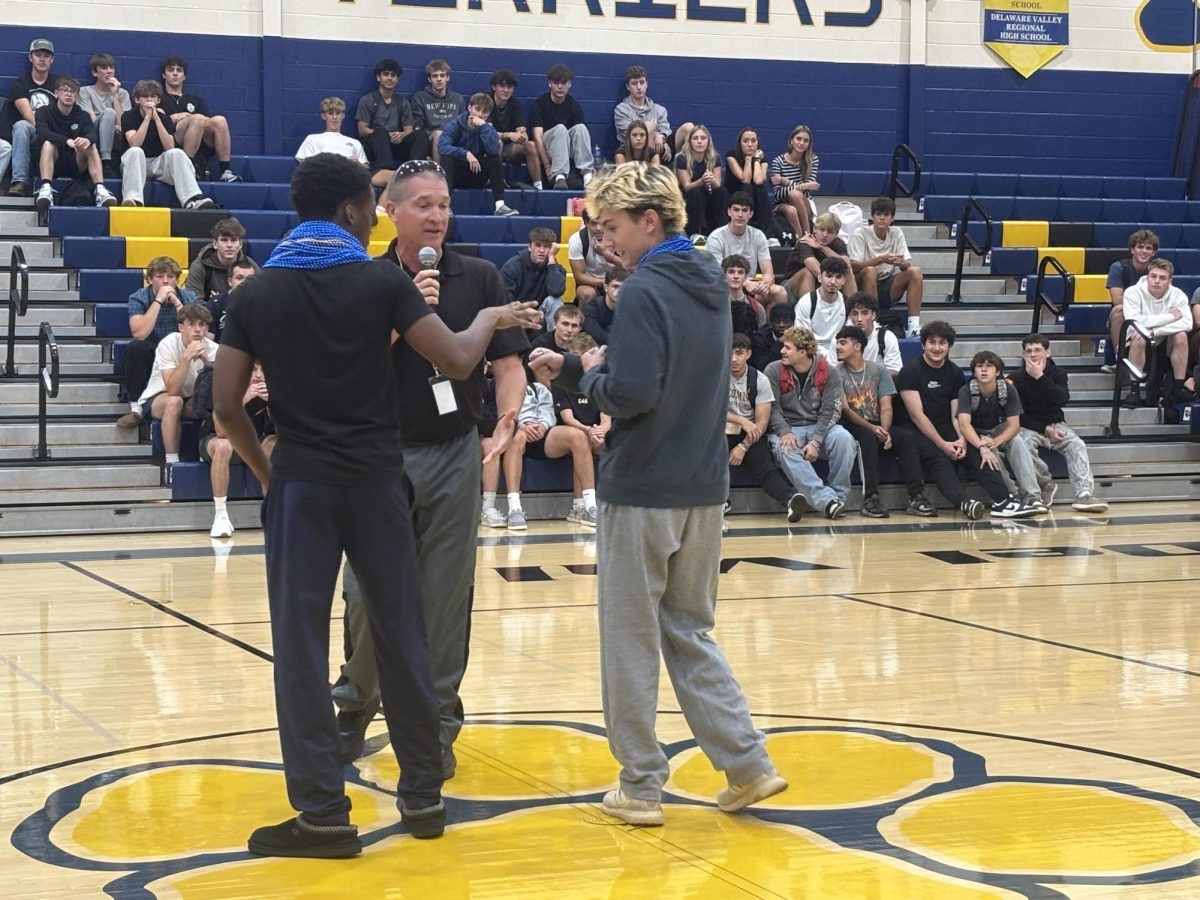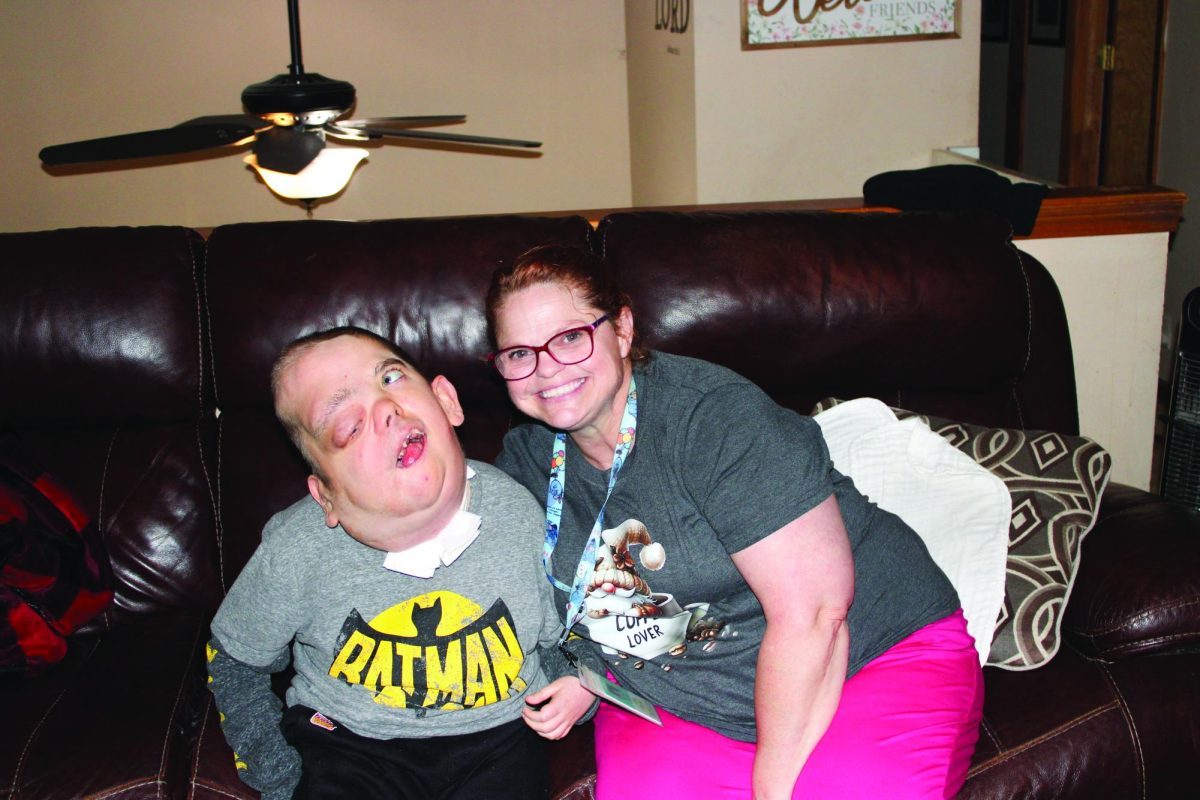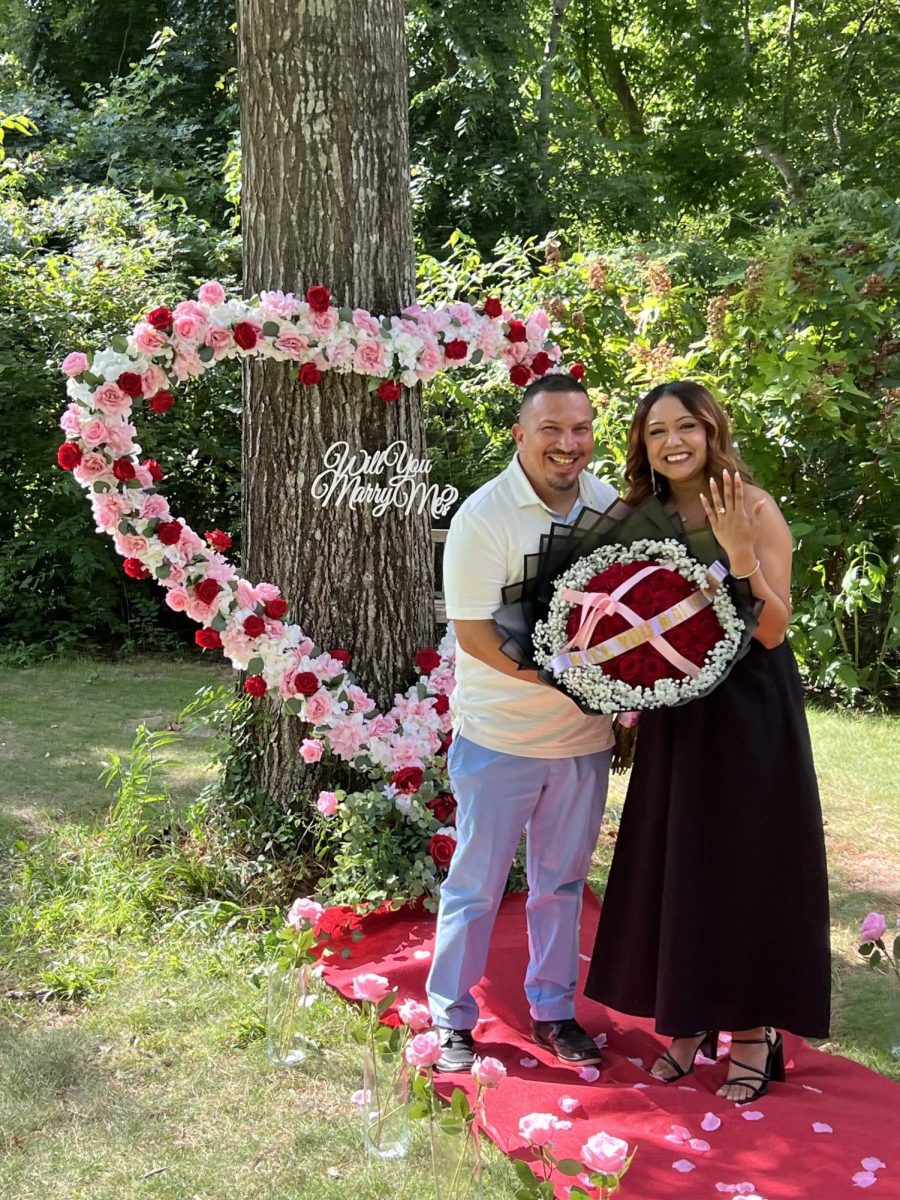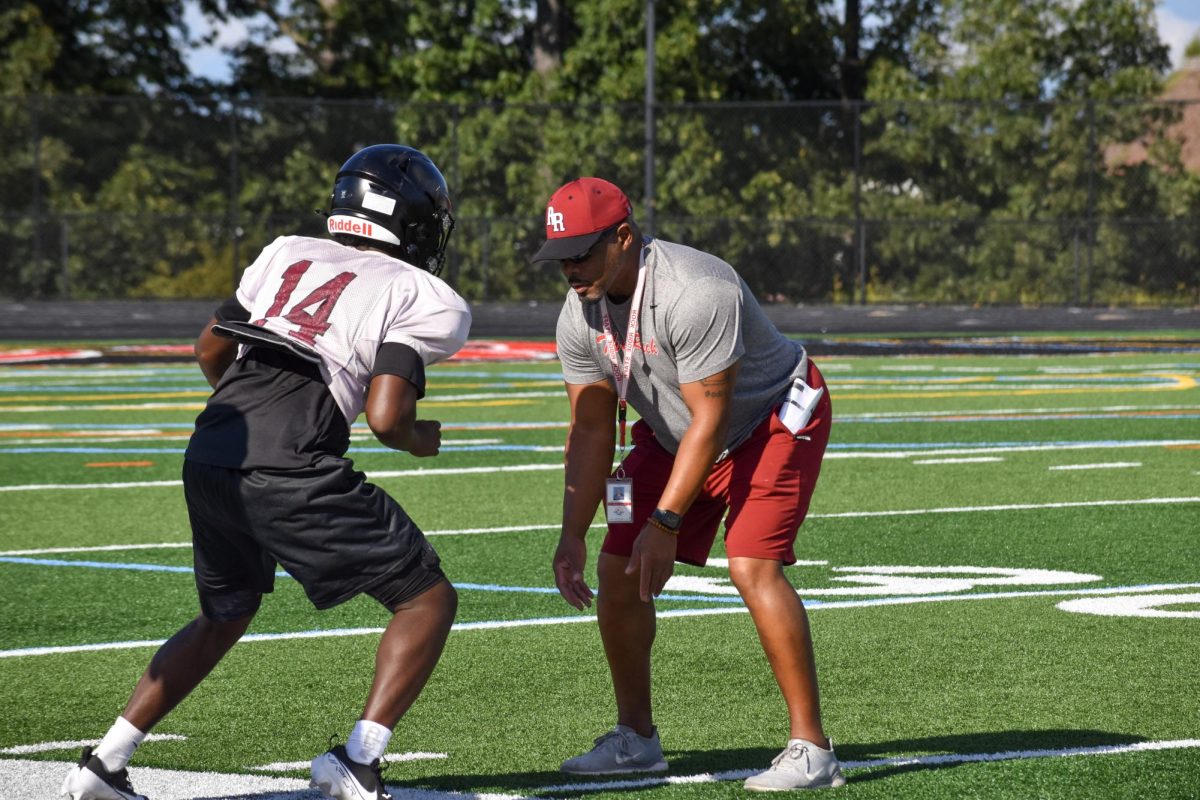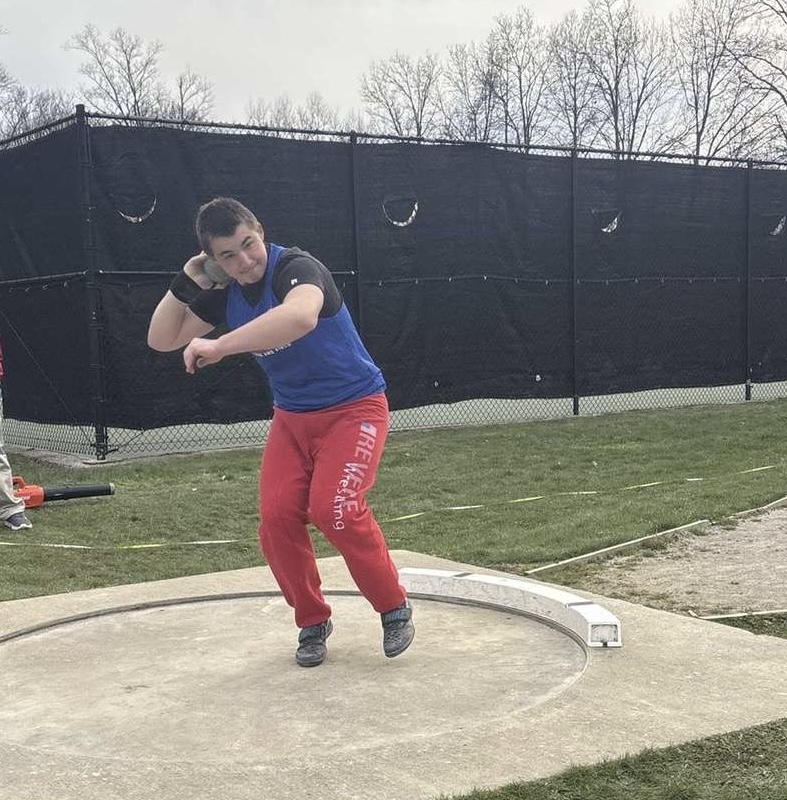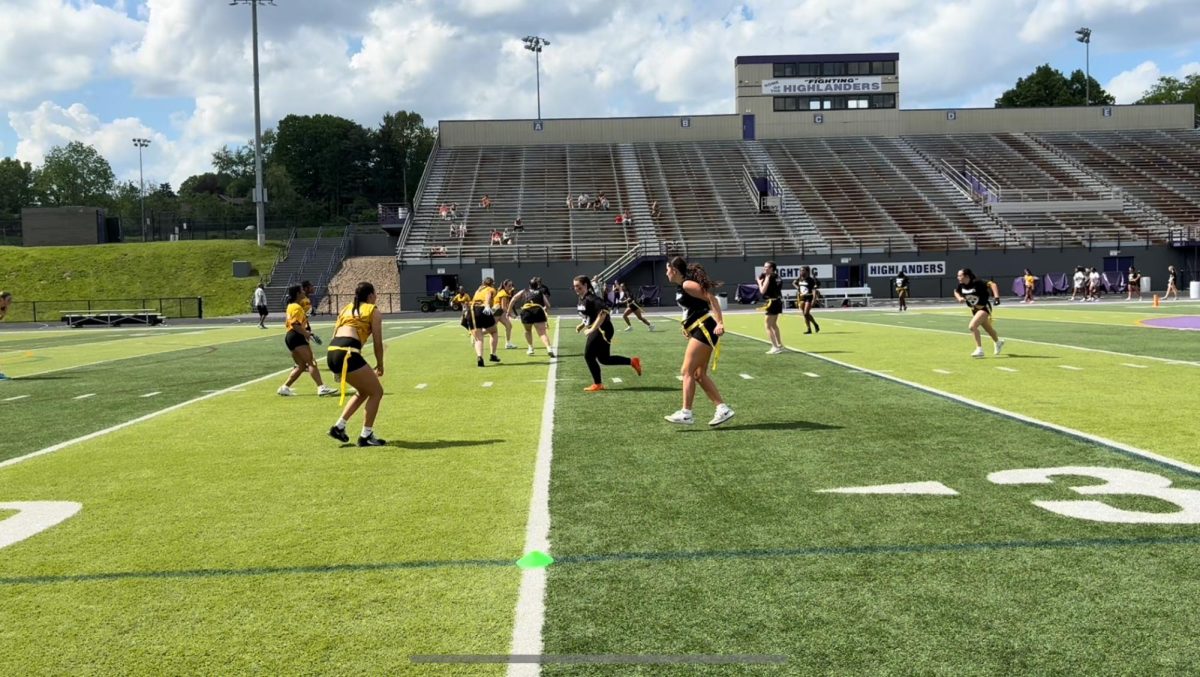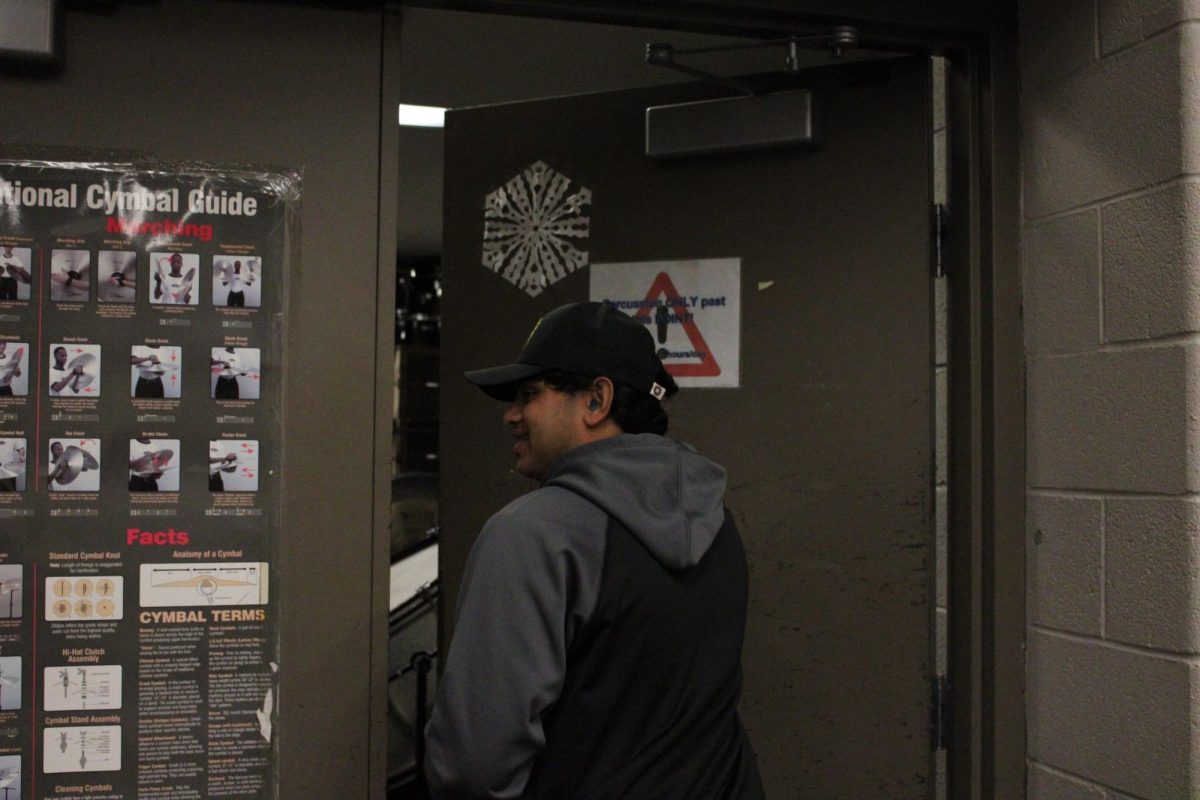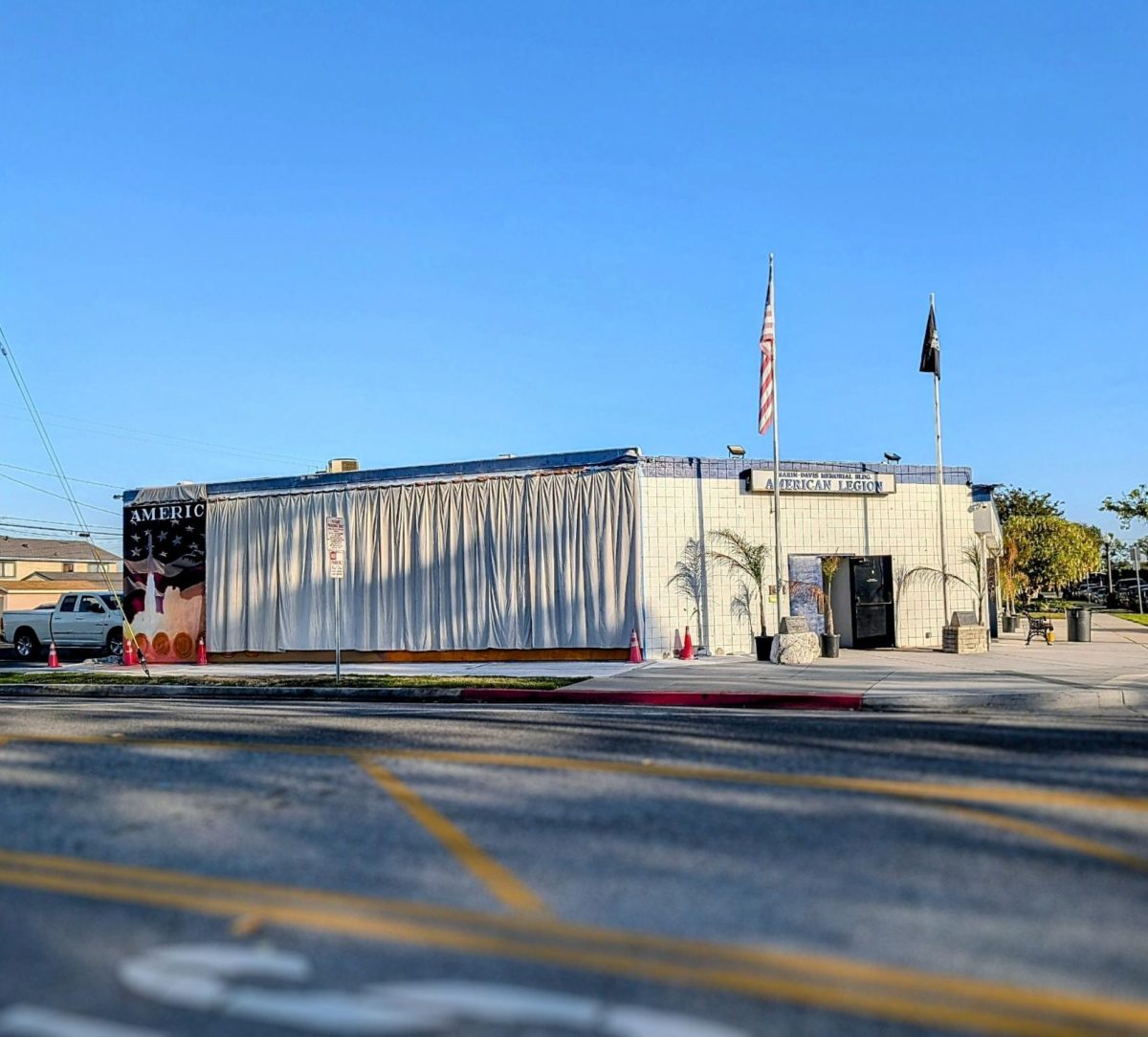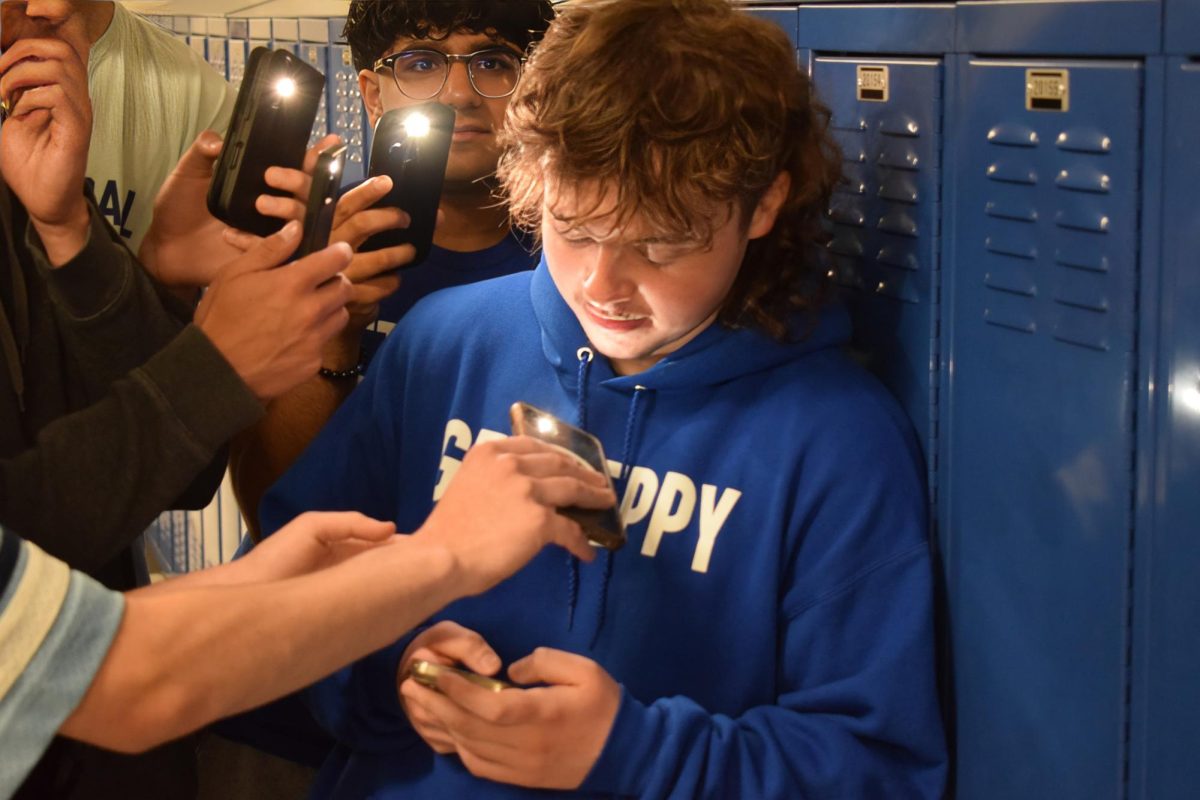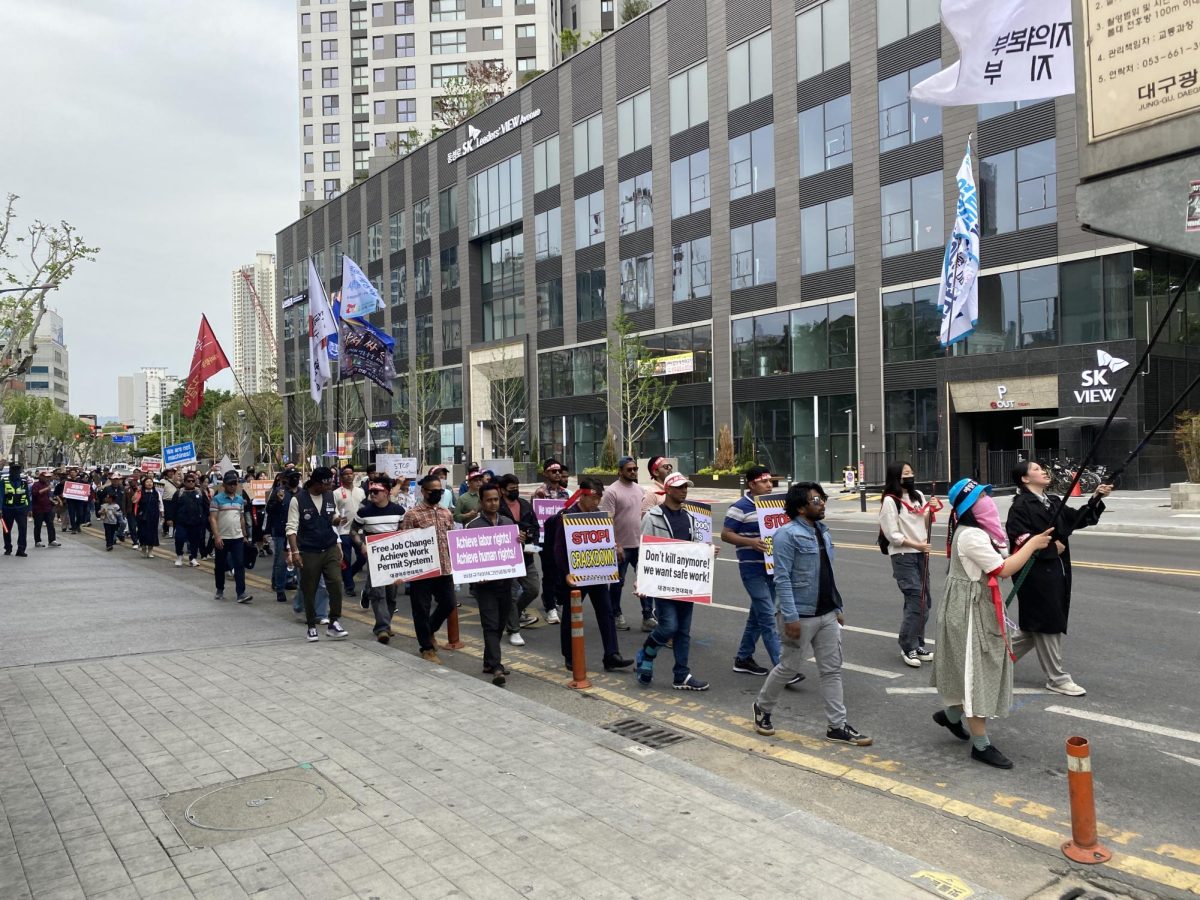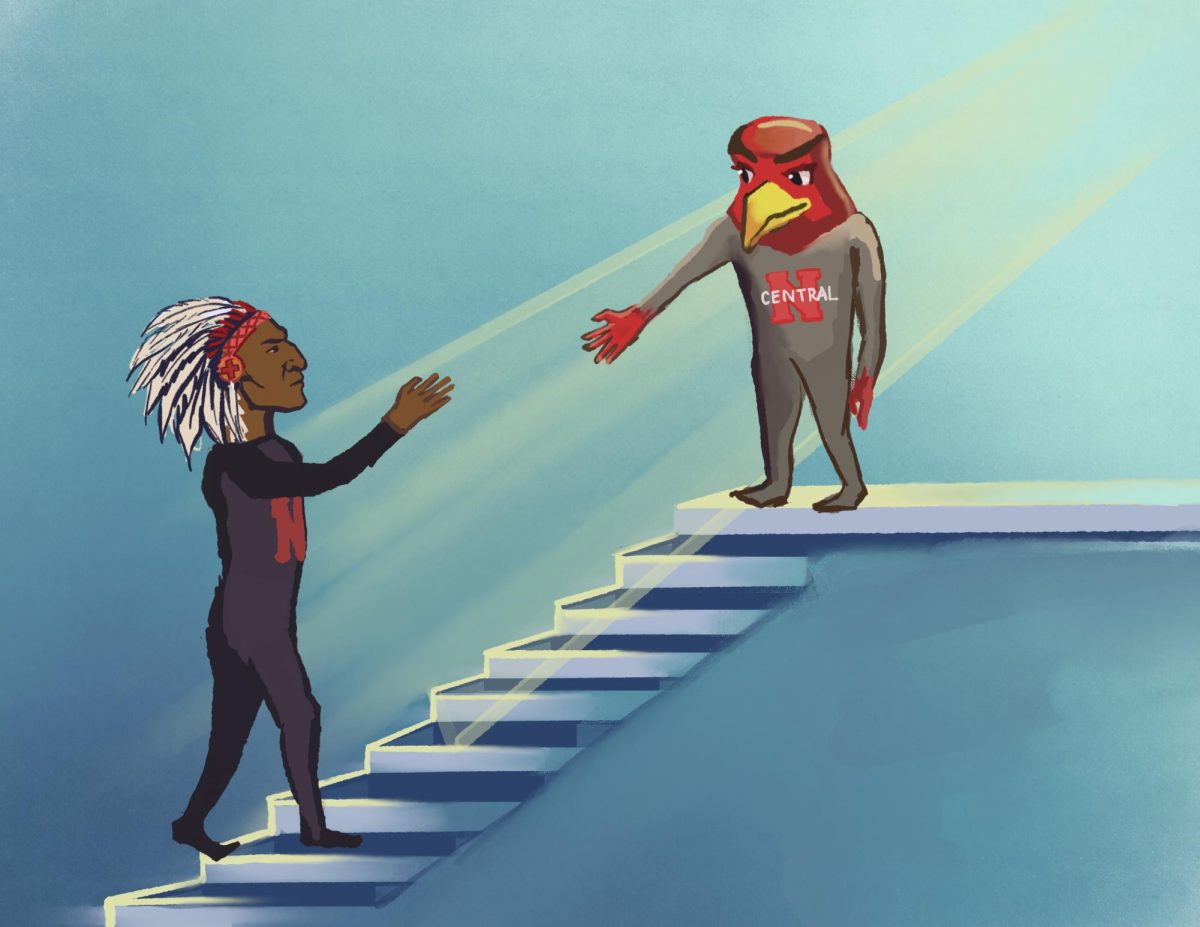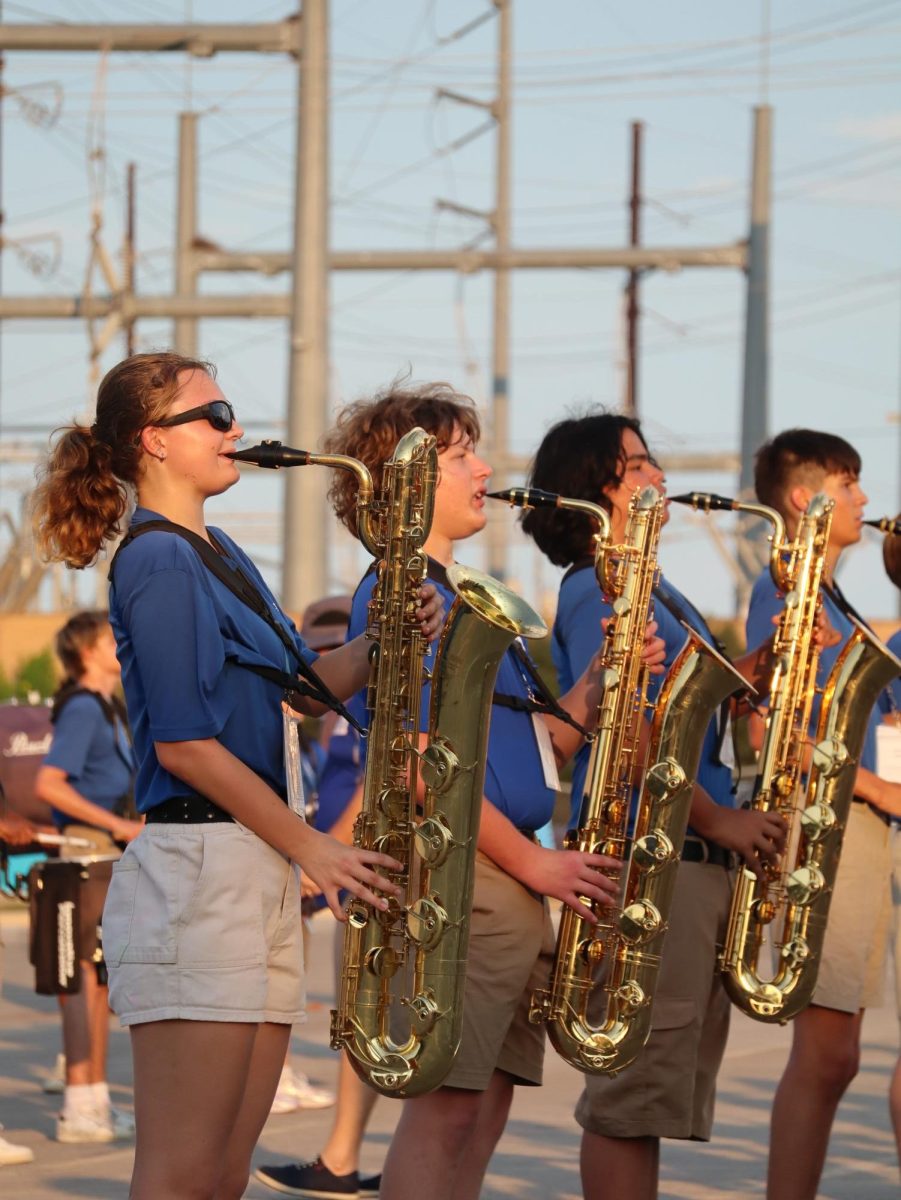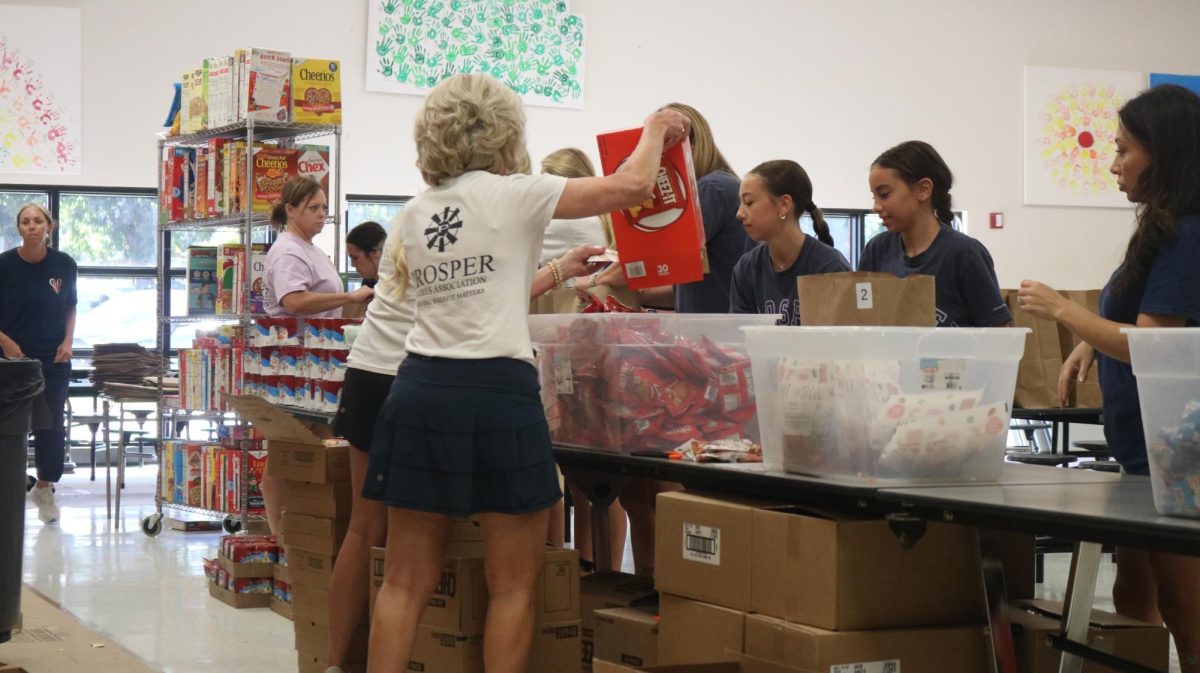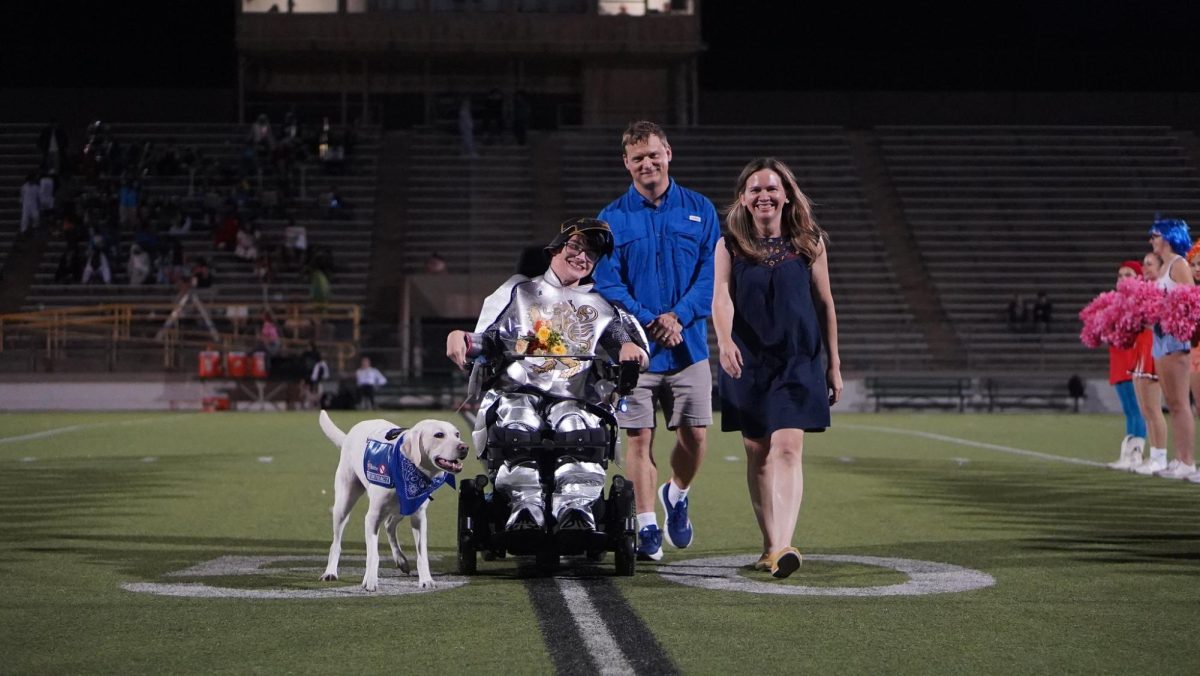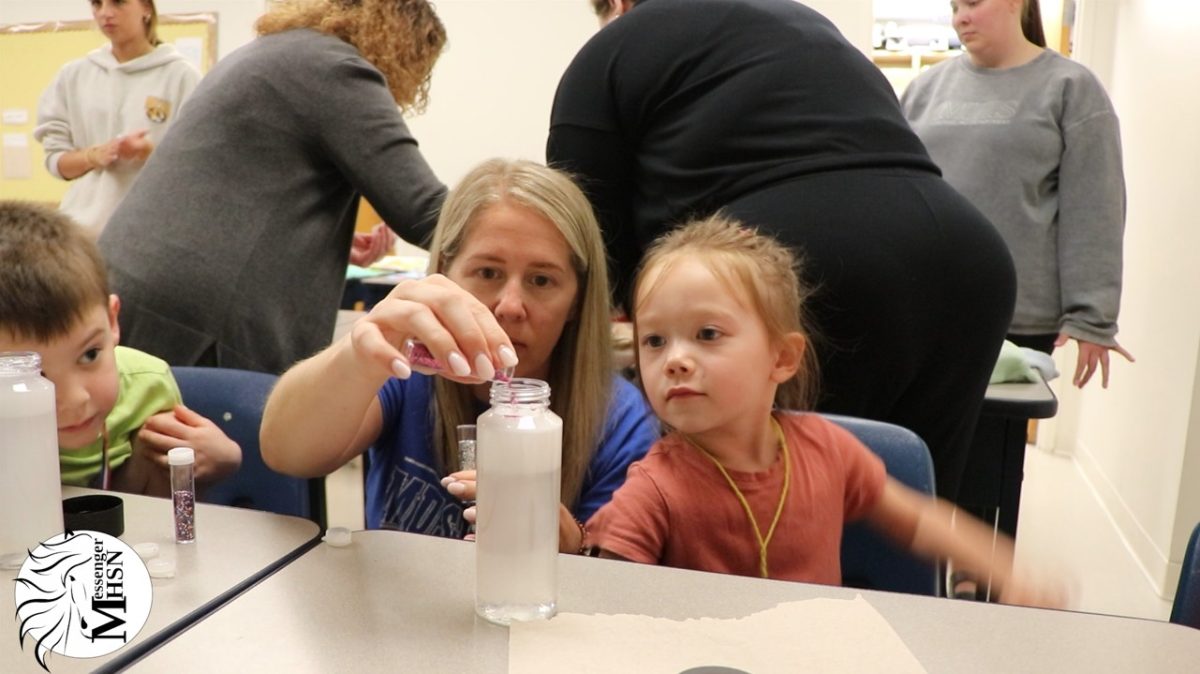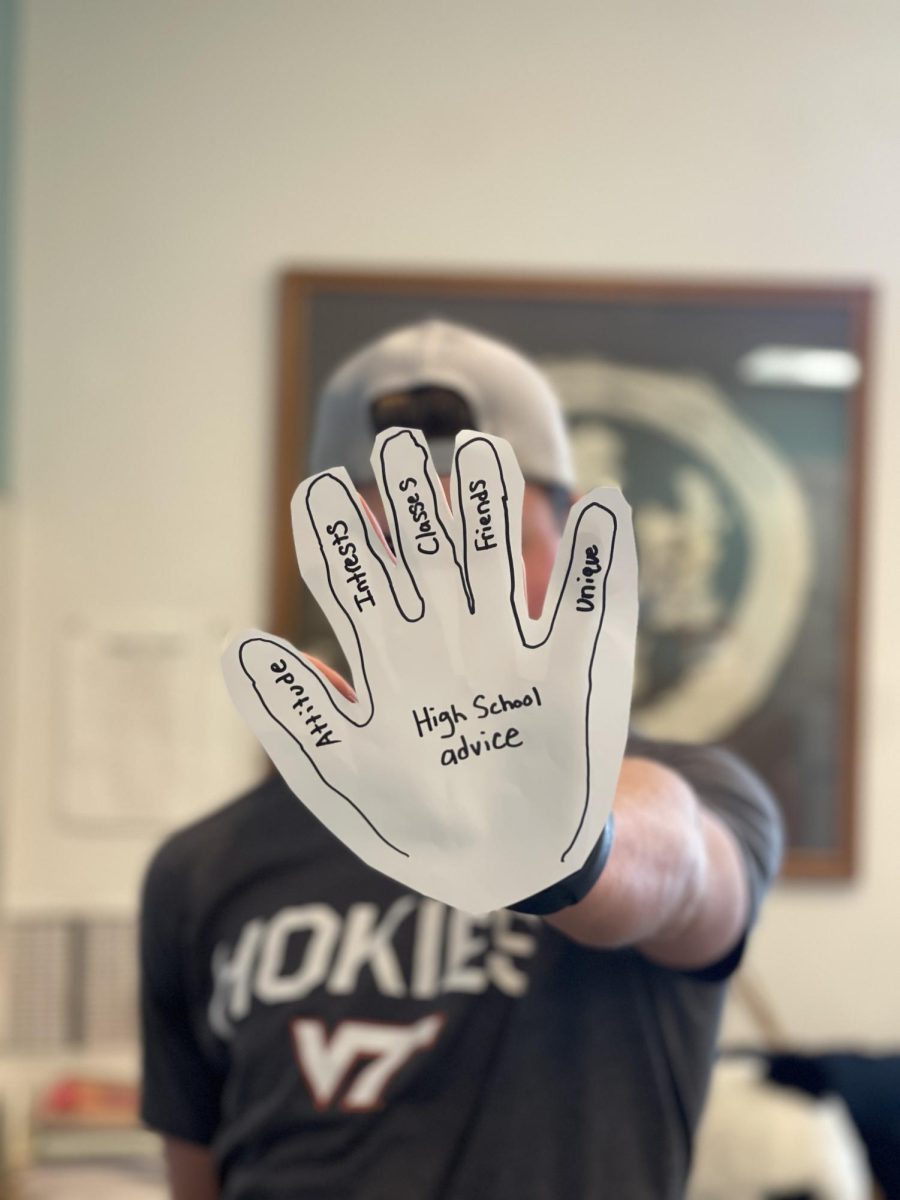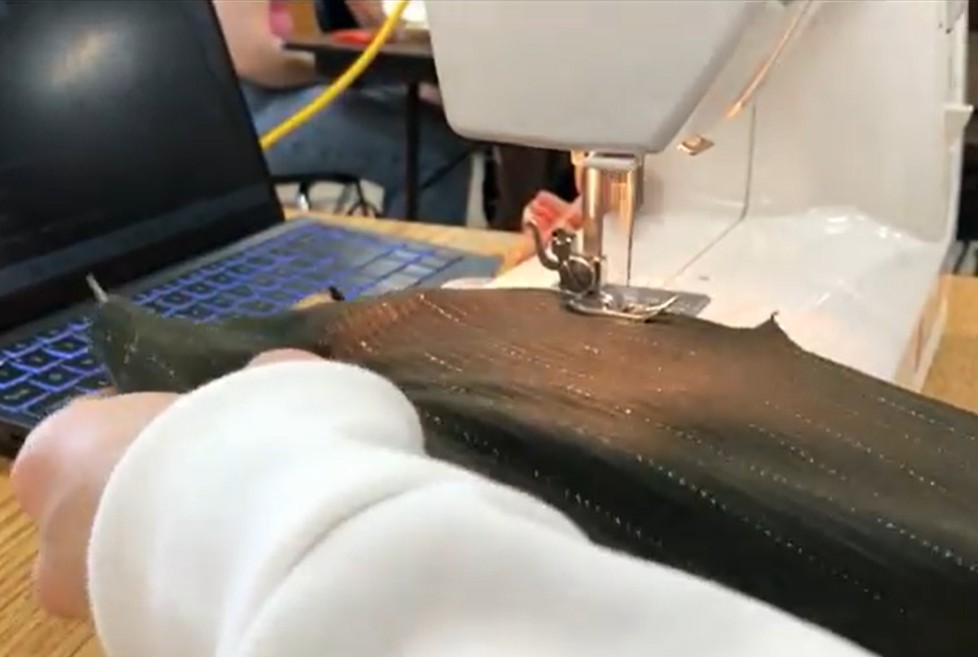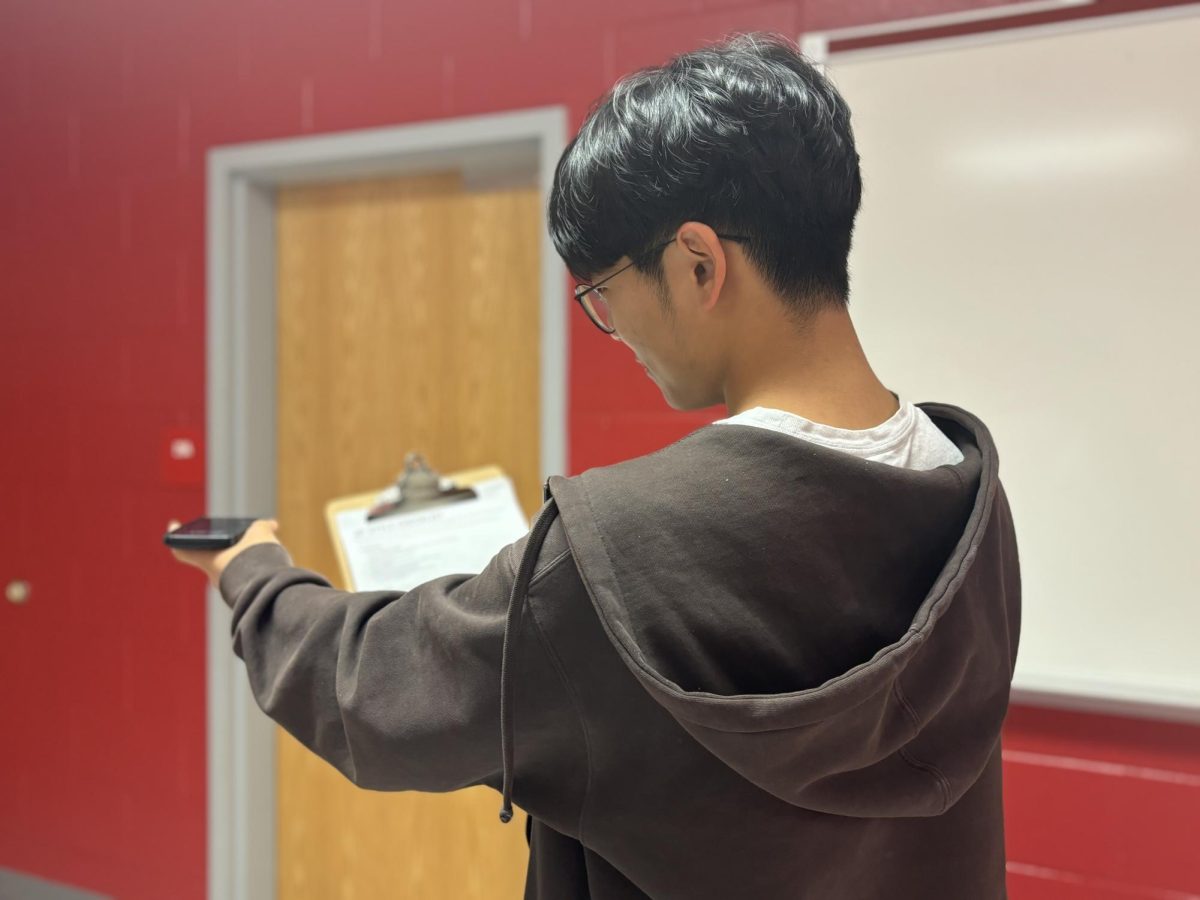Write. Interview. Take photos. Report.
That is the duty of a journalist: to tell the public of what is going on in their community.
On Sept. 4, Apalachee High School became the site of yet another school shooting in the United States. Soon after, news feeds were filled with hundreds of headlines; social media platforms were overwhelmed with video interviews featuring students who had just experienced this life-altering event. This intense and immediate media response raises important ethical questions: how should journalists cover tragedies? How can we honor a victim’s story without causing them further trauma?
The day the shooting in Apalachee occurred, I found headline upon headline of media outlets covering the tragedy. I saw interviews on every social media platform with the students who had just left the school, students who were looking for their loved ones. These interviews, to me, felt exploitative. Journalists should not be bombarding students with cameras and microphones as they have just experienced this life-changing event.
While journalists can make mistakes with how they cover mass shootings, they can also do good with their coverage by providing important information to the public and bringing forth victim’s stories. For example, CNN covered the story of Lyela Sayarath, Tim Mosher, Ethan Haney, Julia Sandoval, Janice Martinez, Macey Right and Kathrine Maldonado. CNN’s coverage was unique in that it avoided photos of the victims or the perpetrator but it told the victims’ stories and gave space to them to recount what occurred. Something I really like about this reporting was that it told a complicated story from multiple perspectives allowing for a reader to understand the full length of what had occurred. CNN’s reporting remains factual and tells sides of the stories that may not be reported if a journalist only goes to the scene of the event. In CNN’s reporting they recount the experience of Kathrine Maldondo, a student at Apalachee High School who had overslept that day, and what her perspective was. Even though it was published a day after the traumatic event, it provided an in-depth complex narrative from multiple perspectives and shines light on perspectives that may be forgotten.
A survey conducted by the New Jersey Gun Violence Research Center at Rutgers University found that nearly half (47%) of mass shooting survivors who engaged with the media found the experience to be deceitful. Survivors and victims are often denied a proper space to share their personal narratives. In contrast to the typical media coverage, which can feel exploitative, CNN’s approach highlighted the more meaningful aspects of the story, providing a more nuanced understanding of the impact of the tragedy, rather than reducing an individual’s experience to a soundbite or headline. The Regional Gun Violence Research Consortium offers guidelines for all journalists who cover mass shootings. As journalists, we create opportunities for survivors to share their stories, and because they choose to share their story with us, we should have respect and care for what they decide to share. The guidelines shared are one example of something journalists can keep in mind when reporting events as such.
With a gauntlet of invasive cameras and microphones, journalists often await, pressing for an immediate interview on the spot, but this should not be the norm at all. Instead, journalists can reduce the media footprint by keeping staffing minimal or collaborating with local journalists. There should be extra caution in spaces where survivors may have gathered to grieve or pay their respects.
While coverage of tragic events serve an important purpose of informing the public and providing a space for survivors to tell their story, they must be done with the utmost prioritization on the survivor and the sensitivity of the topic. By following the established guidelines, respecting the survivor and avoiding sensationalism, a journalist can fulfill their duty while minimizing harm done to the survivor. Journalists have the task of balancing truth-telling with compassion, and in covering traumatic events, this responsibility should guide every choice.
This story was originally published on tjTODAY on November 16, 2024.



